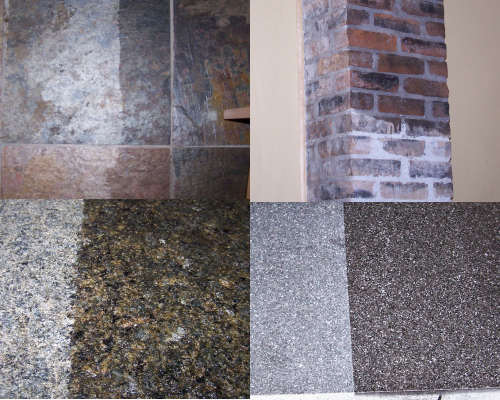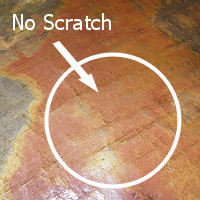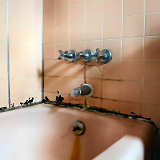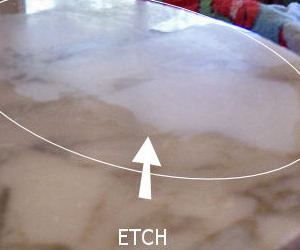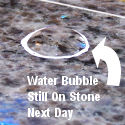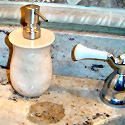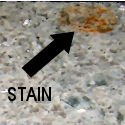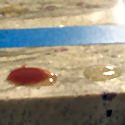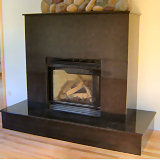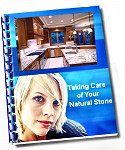Natural Stone Sealer
Comparison
Getting ready to use a natural stone sealer? Do you know which type of sealer to use?
Compare the advantages and disadvantages of a penetrating sealer to a topical sealer.
| PENETRATING SEALER |
TOPICAL SEALER |
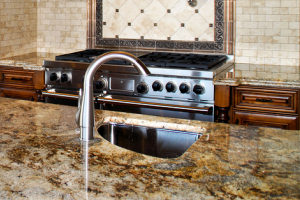 |
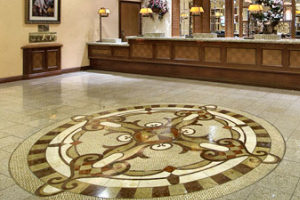 |

ADVANTAGES |

ADVANTAGES |
- The sealer penetrates into the stone and attaches it's protection to the stone walls within the pore structure.
- It doesn't alter the color or sheen of the stone.
- It doesn't need to be reapplied after each cleaning.
- The sealer is not on the surface so the coating won't scratch or scuff.
- A penetrating sealer does not need to be reapplied as often as a topical sealer because there is no surface coating
to wear off.
|
- Some topical sealers contain additives that produce non slip characteristics. This is great for natural stone flooring.
- The sealer creates a protective barrier between water and oil contaminants, foot traffic and the stone.
- Topical sealers protect the stone 'somewhat' from surface scratching and etching caused by acidic materials such as orange
juice and coke.
- If you like the shiny, glossy look, a topical natural stone sealer produces a gloss that can be buffed. This allows for the
maintenance of a high gloss surface.
|
| PENETRATING NATURAL STONE SEALER |
TOPICAL NATURAL STONE SEALER |
 |
 |

DISADVANTAGES |

DISADVANTAGES |
- Penetrating sealers do not protect the surface of the stone from scratching or etching.
|
- Topical sealers alter the appearance of the stone by adding a gloss sheen. They may also deepen the color of your stone.
This is not so great for an honed natural stone surface.
- Moisture is trapped within the stone. The protective barrier doesn't allow the stone to breathe.
- Because topical sealers create a film on the surface of the stone, it tends to show scuffs, marks, and paths in heavy
traffic areas. These marks are removed during the reapplication process.
- This type of sealer requires continual reapplication as it wears in heavy traffic areas.
- The old sealer needs to be removed before applying a new coat of sealer. The process of stripping the old topical sealer
can harm the surface of some stones. This also adds higher costs to maintaining your natural stone.
|
You'll find More Sealing & Staining Stuff Below:
Return from Natural Stone Sealer Comparison to
Stone & Granite Care Tips
Return from Natural Stone Sealer Comparison to Natural Stone Interiors Home




